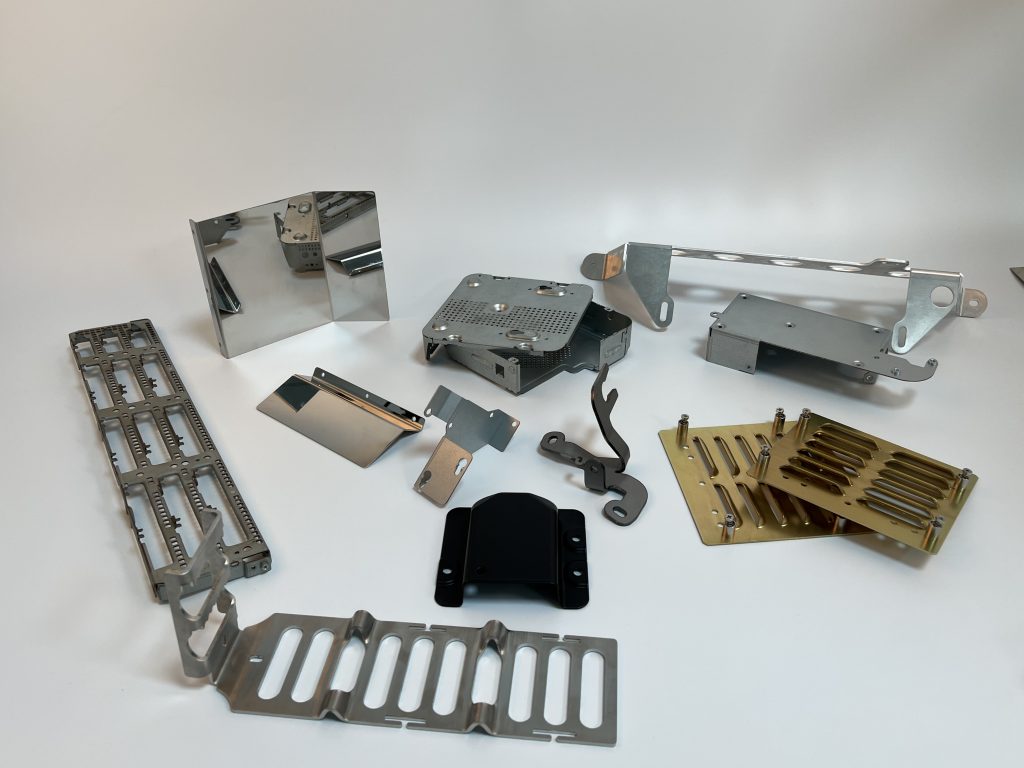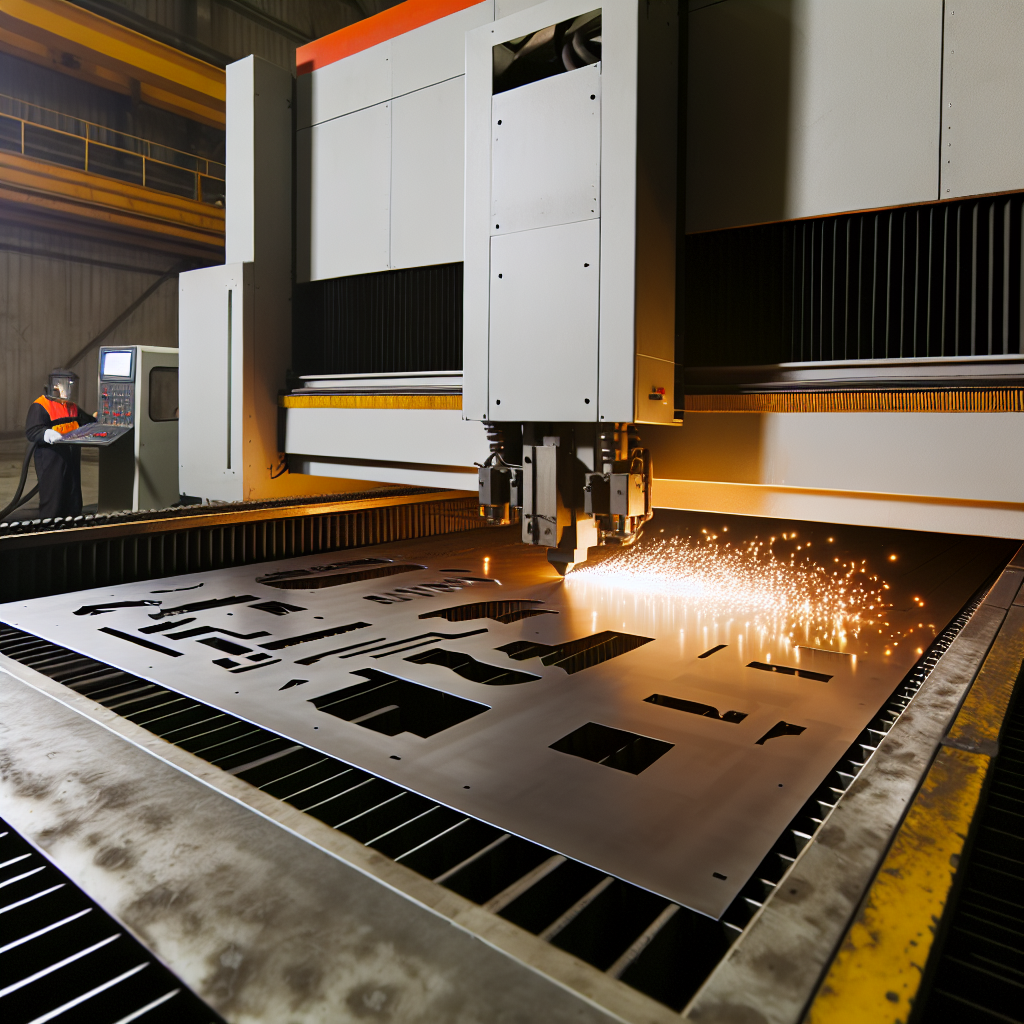Sheet metal is a versatile material that is commonly used in a wide range of industries for various applications. It is a flat piece of metal that is formed into thin and flat pieces, usually less than 6mm thick. Sheet metal can be made from a variety of metals, such as steel, aluminum, and brass, and is commonly used in manufacturing, construction, automotive, and aerospace industries.
The importance of sheet metal in various industries cannot be understated. It is a highly durable and malleable material that can be easily customized to fit specific requirements. Sheet metal is essential for creating products such as car bodies, aircraft wings, and metal roofs. Its versatility and strength make it a preferred choice for many manufacturers and engineers.
The aim of this blog post is to delve deeper into the world of sheet metal, exploring its various uses, benefits, and manufacturing processes. Join us as we uncover the many facets of sheet metal and discover all it has to offer.

When it comes to materials used in sheet metal fabrication, there are several common types of metals that are frequently utilized. Some of the most popular choices include stainless steel, aluminum, carbon steel, and copper.
Each of these metals has unique properties that make them suitable for different applications in sheet metal production. For example, stainless steel is known for its corrosion resistance, making it ideal for outdoor or marine environments. Aluminum is lightweight and malleable, making it a popular choice for automotive and aerospace industries. Carbon steel is durable and strong, making it a versatile option for a wide range of applications. Copper is valued for its conductivity and aesthetic appeal, often used in decorative elements.
While each material has its own advantages, there are also disadvantages to consider. Stainless steel can be more expensive than other options, while aluminum may not have the same strength as carbon steel. Carbon steel, on the other hand, is prone to rust if not properly maintained. Copper is soft and may require additional processing to increase its strength.
Overall, the choice of material for sheet metal fabrication will depend on the specific requirements of the project, including factors such as cost, strength, appearance, and corrosion resistance. By understanding the properties and advantages of each material, manufacturers can select the best option for their needs.

When it comes to choosing materials for your projects, the benefits of sheet metal cannot be overlooked. One major advantage is the durability and strength that sheet metal provides. This material is known for its ability to withstand wear and tear, making it a reliable choice for a wide range of applications.
Additionally, sheet metal is highly cost-effective, making it a popular option for many projects. Its affordability compared to other materials makes it a practical choice for businesses looking to stay within budget without sacrificing quality.
Furthermore, sheet metal offers versatility in various applications. Whether you need it for roofing, fabrication, or HVAC systems, sheet metal can be easily customized to fit your specific requirements. Its flexibility and adaptability make it a versatile option for a wide range of projects.

In recent years, the sheet metal industry has seen significant advancements in technology that have revolutionized the way sheet metal is fabricated. One of the key developments has been the introduction of CNC technology in sheet metal fabrication. CNC, or computer numerical control, allows for precise and efficient cutting, bending, and shaping of sheet metal, resulting in higher quality products with quicker turnaround times.
Automation has also played a major role in advancing sheet metal production. Automated machines and robotics have streamlined the manufacturing process, reducing labor costs and increasing productivity. This increased efficiency has allowed sheet metal manufacturers to offer competitive pricing while maintaining high levels of quality.
Another game-changing technology in the sheet metal industry is 3D printing. 3D printing has opened up new possibilities for sheet metal fabrication, allowing for complex and intricate designs to be created with ease. This innovative technology has the potential to revolutionize the industry by reducing lead times and eliminating the need for costly tooling.
Overall, these advancements in sheet metal technology have transformed the industry, making it more efficient, cost-effective, and adaptable to the ever-changing demands of the market.
In conclusion, sheet metal plays a crucial role in modern industries due to its versatility, durability, and cost-effectiveness. From aerospace to automotive, sheet metal is used in a wide range of applications, making it an essential material for manufacturing. Additionally, there are countless opportunities for innovation and growth in the sheet metal industry, with advancements in technologies and processes continuously improving efficiency and quality. As businesses continue to explore new possibilities and techniques, the sheet metal industry is poised for further expansion and development in the years to come.